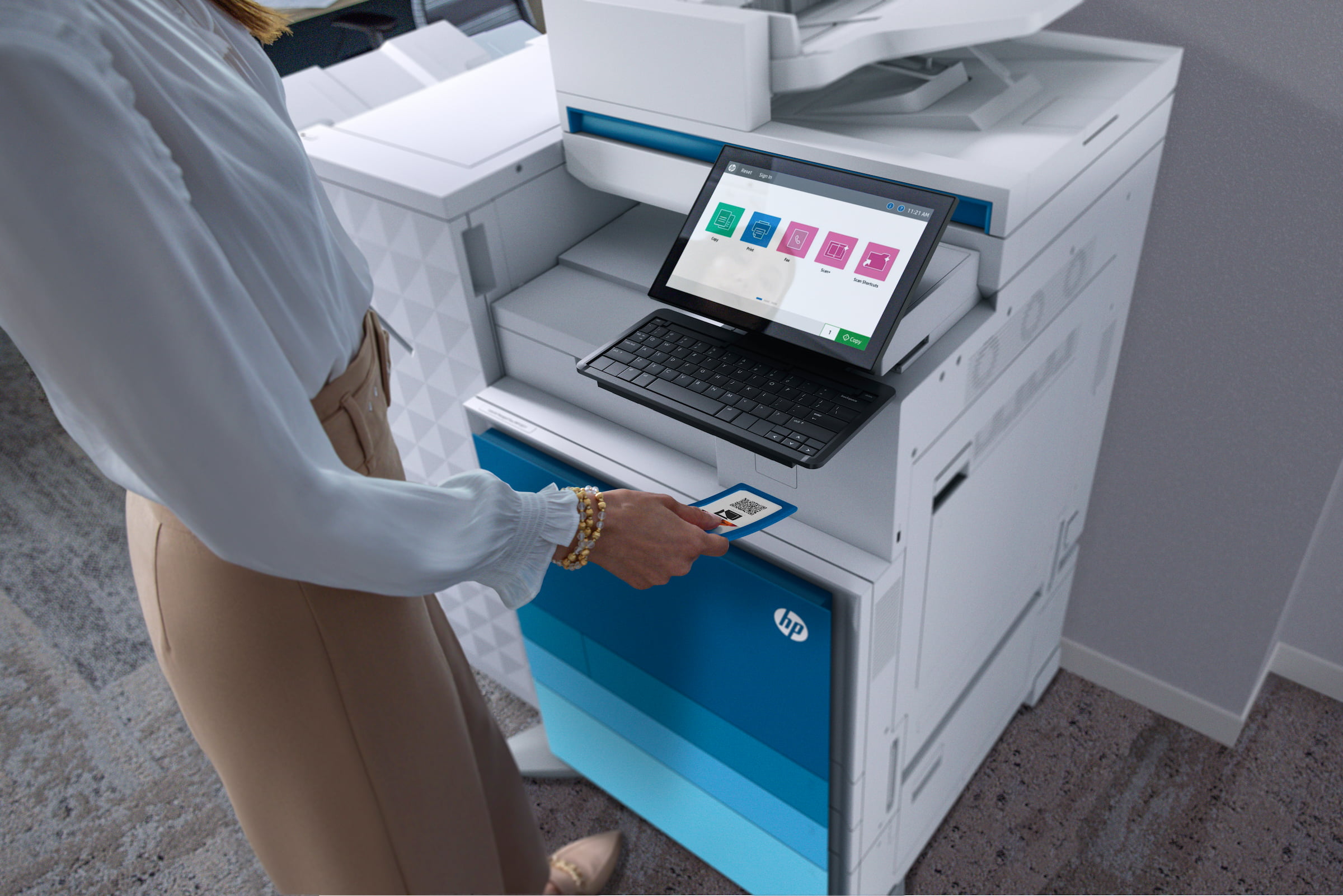
Apogee Corporation raises over £3,000 for Cancer Research UK
3 January 2024
Apogee appoints new CEO to spearhead customer-first growth strategy in managed workplace services
5 February 2024
Why easier hybrid working maximises value for the public sector
While the public sector is currently leading the way in terms of embracing new technologies, properly supporting hybrid work still presents a significant obstacle – with employee engagement and retention suffering dramatically as a result.
Much like the private sector, the issue of hybrid working is still posing a particular challenge for public sector organisations – with 42% of employees saying that a lack of collaboration technology is making them less productive when working from home.
This shortfall in output can’t be tolerated for long, especially if public sector organisations want their limited budgets to be maintained from year to year. However, while 27% of private sector employers are willing to blame this lapse on home distractions, interestingly, almost half (47%) of public sector CIOs and HR Directors seem to side with their employees - attributing it to unreliable IT and lack of access to the right technology.
This may seem surprising, especially since the public sector is currently in the lead when it comes to adopting Cloud-centric digital transformation. However, collaboration technology doesn’t seem to be getting the same attention – and considering how much this tech enhances remote productivity, public sector employers are overlooking a valuable untapped resource.

This hesitancy to invest in collaboration tech is mainly down to budgetary reasons; with one in-five public sector CIOs citing lack of budget to be the main barrier to achieving workplace flexibility. But, while public sector employers may feel they cannot afford to invest in more refined collaboration technology, the reality is that they actually can’t afford not to.
When working remotely, almost a third of public sector employees report that they are unable to do their job properly (32%), and nearly 4 in 10 say that a lack of hybrid support is pushing them to leave their role and pursue opportunities elsewhere (39%). With public sector organisations already spread thin as it is, it’s clear that action must be taken to reverse this trend – but with so little room for error, what does that action look like?
Stuck in the Middle
Despite public sector employers seeming to have more cognisance of technology limitations than their private sector counterparts, they apparently face the same roadblocks when trying to align employer and employee viewpoints about workplace flexibility.
For example, while 29% of public sector employees say they need greater freedom to choose where they’re working on a day-to-day basis, over a fifth (21%) of public sector CIOs and HR Directors say employee flexibility demands are unrealistic and unreasonable. Furthermore, almost three quarters (73%) would go as far as to say that expectations to be completely incompatible with the needs of their organisation.

This hesitance to invest is having a considerable effect on engagement throughout public sector workforces; with 41% of employees saying they do not feel optimistic about the future of work, due to substandard technology - which heavily limits their ability to be self-sufficient when working from home. This frustration and low morale is apparently putting a wall between them and their employers, with 17% of HR Directors reporting that they feel a lack of connection toward their workers.
Caught between overstretched budgets and the threat of mass staff exodus, public sector employers may feel like there’s nowhere to turn. But, something will have to give sooner or later – and something that employers may not realise is that cost-effective collaboration technology is not just available, but the right solution can actually create cost-efficiencies throughout their organisations.
Creating Cost Efficiencies
Cost-conscious employers are correct to approach new investments with a degree of trepidation; but it’s important not to miss out on the long-term benefits that high-quality collaboration tools can generate. In fact, the right tech can actually create cost-efficiencies throughout your operations, while also helping you to address employee flexibility demands.
Designed to help you get the maximum value from your existing employee hours, Digital Workplace Solutions foster greater productivity between your employees, whether they’re spent in the office or otherwise.
For instance, easy co-ordination between office and remote teams is made possible with an Information Management system, which acts as a secure shared server for all your important company files. This enables your colleagues to be more productive, since they can organise, locate, edit, share, password-secure, and back up files with absolute ease, giving them access to up-to-date information whenever they need it, wherever they are.

You can also increase your output without committing to a new hire with Process Automation software. By automating repetitive data entry tasks, you give time back to employees to focus on generating more value; all while minimising human error in your everyday operations.
Help your remote employees feel more connected to their colleagues – and their wider organisation - by improving the quality of communication with your Meeting Room Equipment. Completely scalable to ensure you only pay for what you need, this service offers audio-visual setups for rooms of all shapes and sizes.
For more statistics and other information, check out The Big Technology Disconnect eBook, or fill out the form below.
How We Can Help
To learn more, please fill out the contact form:
Latest insights
Keep up to date with all the latest in Managed Workplace Services.
By submitting this form, you acknowledge that you have read and understand the Apogee Privacy Statement.
Data Privacy Policy | Cookies Policy









































